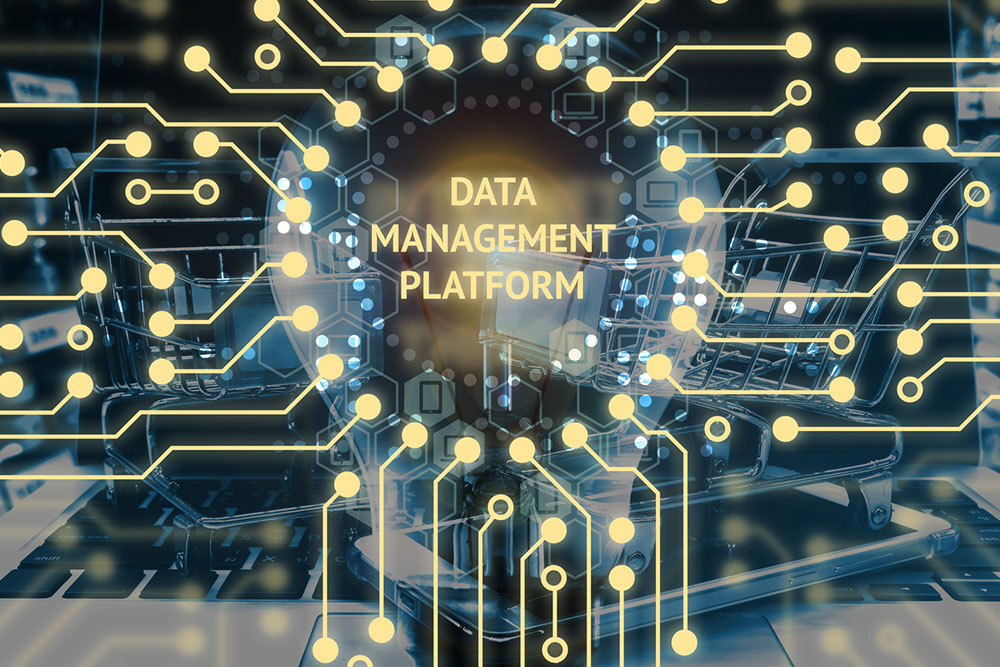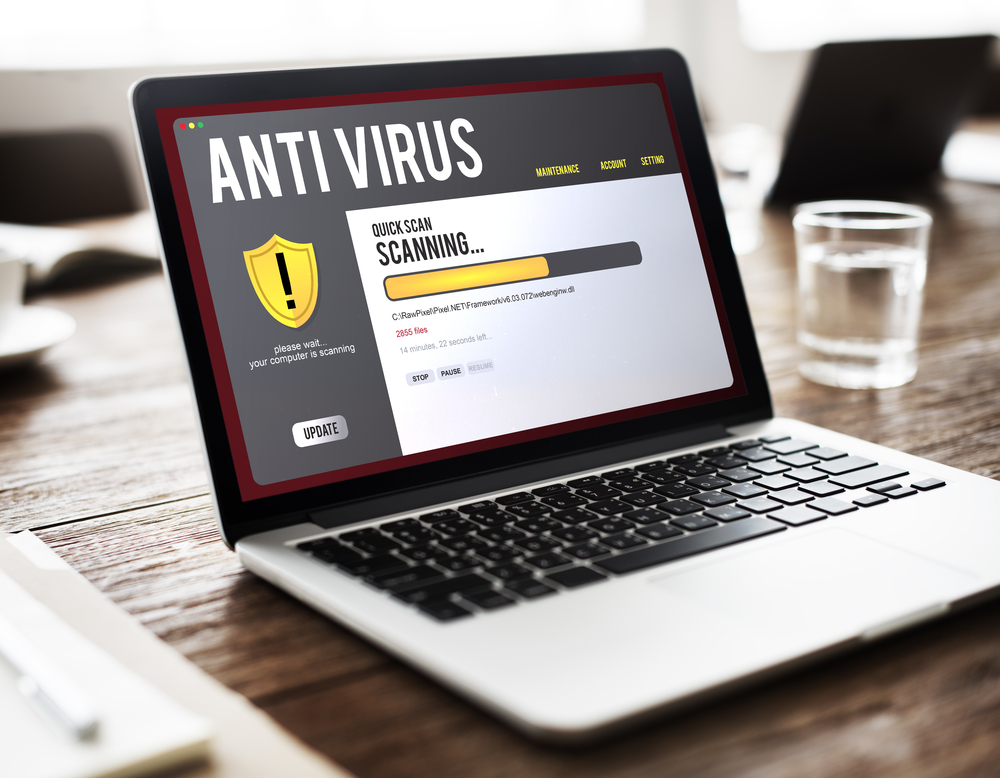Essential Guide to Identity and Access Management (IAM) Solutions
Discover the importance of Identity and Access Management (IAM) solutions in today’s remote work environment. Learn about key features, benefits, and how IAM software enhances data security and operational efficiency for organizations managing sensitive information.

Overview of Identity and Access Management (IAM) Solutions
Modern organizations handle vast amounts of sensitive data, including financial records, customer information, employee details, market analytics, and stock data. Protecting this information is crucial, yet not all staff members require access to every database. Implementing a centralized IAM system allows companies to control and monitor user access efficiently, ensuring data confidentiality and security.
What is IAM Software?
In today's hybrid work environment, employees access company resources—such as files, applications, and data—from various locations and devices.
Previously, company data was protected behind firewalls on-site. Now, with remote work becoming standard, firewalls alone are insufficient to defend organizational assets. IAM software offers a centralized solution for managing user identities, passwords, and permissions across diverse platforms.
Integrating IAM with Enterprise Resource Planning (ERP) systems ensures authorized users access only what they need, reducing the risk of data breaches. It grants role-based access, streamlining user management and strengthening security protocols.
Key Features of IAM Platforms
User Identity Management: Maintains a unified directory of employees, allowing seamless creation, update, or removal of user profiles. Multiple directories can be synchronized for enhanced control and tailored access to business resources.
Role-Based Access Control (RBAC): Permissions are assigned based on job roles or departments, enabling precise control over who can view, modify, or administer specific data or applications.
User Authentication: Verifies user identities through credentials and biometric methods, often employing Multi-Factor Authentication (MFA) to enhance security.
User Authorization: Ensures users can only access approved data; unauthorized attempts are blocked automatically, safeguarding sensitive information.
Audit and Reporting: Automatically generates regular reports on user activity and access history. These insights help IT teams identify potential vulnerabilities and strengthen cybersecurity measures.
Advantages of IAM Systems
Enhanced Data Security: Protects organizational data from internal and external threats by regulating access.
Operational Efficiency: Automates user management tasks, reducing human error and administrative workload.
Security Professional Support: Frees cybersecurity teams to focus on strategic initiatives by simplifying login and access tracking.
Note:
Our blog offers diverse insights and practical information across various topics. While our research aims to be accurate, readers should consider it as supplemental guidance. We are not responsible for data discrepancies or promotional offers on other platforms.










